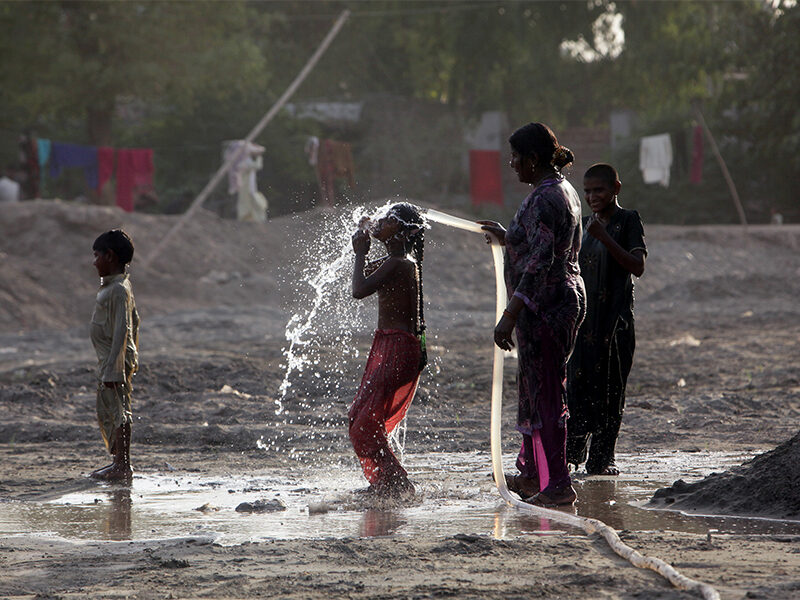Limiting warming to 1.5°C could halve human exposure to lethal temperatures in Bangladesh, India and Pakistan
Share

Governments can virtually halve exposure to potentially lethal temperatures for hundreds of millions of people in South Asia if global efforts to limit warming to 1.5°C are successful, according to a new first-of-its-kind study, published today in Geophysical Research Letters.
The study, led by scientists from Climate Analytics, an international climate science and policy institute, calculates the impact of an additional half degree of warming between 1.5°C and 2°C in a populous region that is already experiencing lethal heat events.
The researchers found that, based on a middle-of-the-road population growth projection scenario, people in Bangladesh, India and Pakistan will experience 774 million exposures (measured in ‘person-days’) [1] to potentially deadly heat stress events by 2050 if warming rises to 2°C above pre-industrial levels. But, if governments deliver on the Paris Agreement and limit warming to 1.5°C, human exposures would nearly halve to 423 million.
Heat stress events are considered potentially deadly when ‘wet bulb’ temperatures [2] exceed 35°C for three or more days.
“This kind of heat will have major implications,” said Dr Fahad Saeed, lead author of the study. “Already today at 1°C of warming we are seeing the deadly consequences of extreme heat. In 2015, 3500 people in Pakistan lost their lives during the world’s fifth deadliest heat wave.”
195 countries including Bangladesh, India and Pakistan have signed the Paris climate agreement, which sets the goal of limiting warming to ‘well below 2°C’ and to pursue efforts to limit warming to 1.5°C, recognising that 2°C of warming would be too much for many vulnerable places to remain inhabitable.
The economic impacts of heat stress
Rising temperatures will also dramatically impact labour productivity, according to the research. The wet bulb temperature limit for outside work without cooling infrastructure is 32°C. If warming reaches 2°C, the region could expect 7.89 billion exposures above the 32°C threshold by 2050. This number drops to 5.01 billion when warming is limited to 1.5°C.
The study also highlights that the impacts of heat stress events will be compounded by regional demographic and socioeconomic factors, such as high population density, population growth and poverty – all of which limit adaptive capacity.
“It’s important to recognise the interdependencies here,” Dr Saeed said. “60% of people in these countries undertake outdoor agricultural labour. Their busiest season is the summer, when glacial melt increases water availability. Heat stress events increase South Asian countries’ need to adapt, while limiting their ability to do so.”
“The precise number of people who will be exposed to such extreme heatwaves is uncertain because we can’t foresee how populations will grow, and it’s very possible that people may migrate to avoid these deadly conditions,” commented Dr. Carl-Friedrich Schleussner, co-author of the study.
“However, for South Asia we can see that the climate of the future is already here. This research shows that it’s in the best interest of Bangladesh, India and Pakistan to ensure that warming is limited to 1.5°C. Countries’ continued investment in new coal power plants are incompatible with the urgent need for global decarbonisation.”
STUDY
Saeed, F., Schleussner, C.‐F., & Ashfaq, M. (2021). Deadly heat stress to become commonplace across South Asia already at 1.5°C of global warming. Geophysical Research Letters, 48, e2020GL091191.











